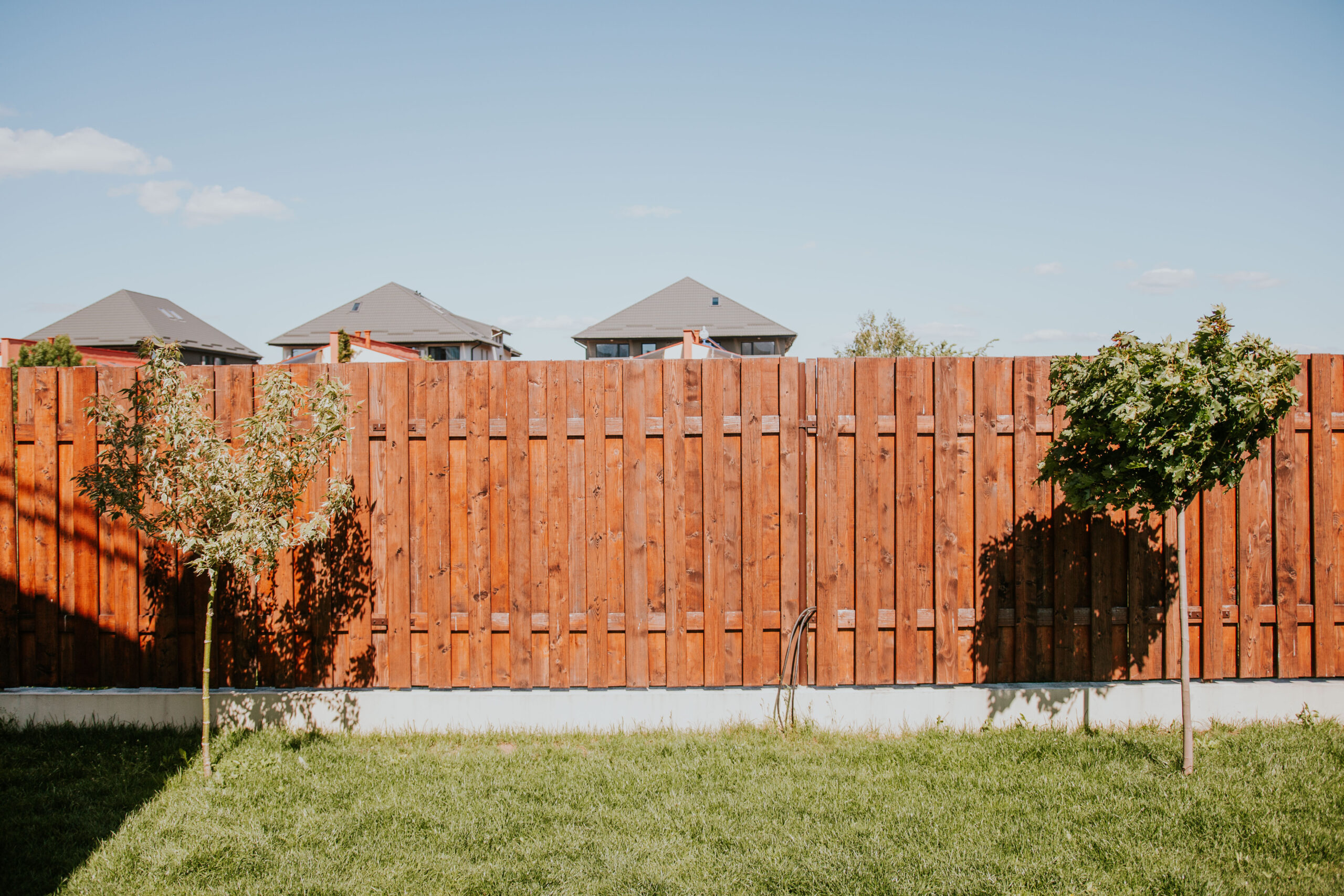All Categories
Featured

Amongst the most popular options, wood, plastic, and light weight aluminum each offer distinct advantages and drawbacks. Right here's a breakdown of the pros and disadvantages of these 3 common fence materials.
Wood Secure Fencing. Timber secure fencing has actually been a classic choice for homeowners due to its natural appeal and adaptability.
Pros:. Visual Charm: Wood supplies a timeless and warm appearance that complements a range of architectural styles. Adjustable: It can be repainted, discolored, or reduce right into one-of-a-kind layouts to fit individual choices. Economical: Initially, wood fence can be an inexpensive choice compared to other products. Eco-Friendly: Timber is a renewable energy and can be sustainably sourced. Cons:. High Upkeep: Wood requires normal securing, discoloration, or paint to avoid rot, insect damage, and weathering. Sturdiness Issues: Without proper treatment, wood can warp, crack, or decay over time, especially in locations with high humidity. Shorter Life-span: A timber fencing normally lasts 10-20 years, depending upon the type of timber and degree of maintenance. Wood is perfect for those that value a standard appearance and are willing to dedicate to its maintenance.
Vinyl Secure Fencing. Plastic is a modern-day, low-maintenance fence alternative that has actually grown in popularity recently.

Pros:. Low Upkeep: Vinyl does not need paint, discoloration, or securing and can be quickly cleansed with soap and water. Climate Resistant: It holds up against severe weather without decomposing, rusting, or warping. Resilient: Plastic fences can last 20-30 years with very little maintenance. Variety of Styles: Available in many colors, designs, and appearances, some vinyl choices imitate the appearance of timber. Disadvantages:. Greater Upfront Cost: Vinyl fencing can be a lot more pricey originally compared to timber. Brittleness in Winter: In extreme cold, plastic may fracture or end up being breakable. Limited Repairs: Specific panels can be difficult to change, requiring careful matching to the existing fence. Plastic is finest matched for homeowners looking for a resilient, low-maintenance solution with contemporary aesthetics.
Aluminum Fencing. Aluminum fencing is a sturdy and lightweight option, usually chosen for its contemporary look and adaptability.
Pros:. Rust-Resistant: Light weight aluminum doesn't rust, making it a superb selection for wet or humid environments. Reduced Maintenance: Needs marginal upkeep and is easy to clean. Resilient: While lightweight, light weight aluminum is solid sufficient to stand up to lots of ecological conditions. Lengthy Lifespan: Can last numerous years without considerable wear or deterioration. Variety of Styles: Offers a smooth and sophisticated look, usually made use of for attractive or decorative functions. Disadvantages:. Higher Price: The first investment for aluminum fence is greater than timber or plastic. Less Privacy: Aluminum fencings are often designed with open pickets, making them much less reliable for personal privacy. Prone to Dents: Although long lasting, light weight aluminum can be nicked by solid effects. Aluminum is suitable for those seeking an elegant, lasting choice that requires minimal treatment.
Making the Right Selection. Each fencing material-- plastic, aluminum, and wood-- provides distinctive benefits and disadvantages. Your choice needs to depend on your details concerns, such as budget, upkeep preferences, climate, and visual goals:
If you love a traditional appearance and do not mind regular upkeep,Choose wood. Select plastic if you desire a low-maintenance, weather-resistant fencing with modern-day allure. Choose light weight aluminum if you prioritize toughness, rust resistance, and a smooth layout. By considering these benefits and drawbacks, you can pick a fence material that improves your residential or commercial property while fulfilling your practical demands.
Latest Posts
Seeking a Auto Repair Shop in St. Louis? Choose Car-X St. Louis for Professional Service
Published Apr 21, 25
1 min read
The Roadway to Financial Freedom Begins Here
Published Apr 21, 25
1 min read
Inquire for Your Desire Occasion at Enjoyable City Hotel
Published Apr 21, 25
1 min read
More
Latest Posts
Seeking a Auto Repair Shop in St. Louis? Choose Car-X St. Louis for Professional Service
Published Apr 21, 25
1 min read
The Roadway to Financial Freedom Begins Here
Published Apr 21, 25
1 min read
Inquire for Your Desire Occasion at Enjoyable City Hotel
Published Apr 21, 25
1 min read